Lahore ordered all primary schools to close for a week in response to soaring pollution levels, as the toxic smog enveloping the Pakistani city continued to pose severe health risks.
Lahore held the top spot on a real-time list of the world’s most polluted cities on Sunday after recording its highest ever pollution reading of 1900 near the Pakistan-India border on Saturday. It went far beyond the threshold of 300 PM2.5 – fine particulate matter of 2.5 micrometres or less in diameter – which the World Health Organization (WHO) defines as “dangerous”.
An air pollution crisis has gripped Lahore, a city of 14 million people, due to a combination of low-grade diesel emissions, smoke from agricultural fires, and seasonal weather patterns that trap pollutants in the air.
The provincial government of Punjab confirmed that air quality levels hit unprecedented peaks on both Saturday and Sunday, with IQAir, a Swiss air quality monitoring group, corroborating these levels as among the highest recorded in recent years. A reading beyond 300 PM2.5 on IQAir is dubbed “hazardous”.
Attributing the “unexpected” air pollution situation in the country to its hostile neighbour, senior minister of Punjab Marriyum Aurangzeb said, “this cannot be solved without talks with India”.
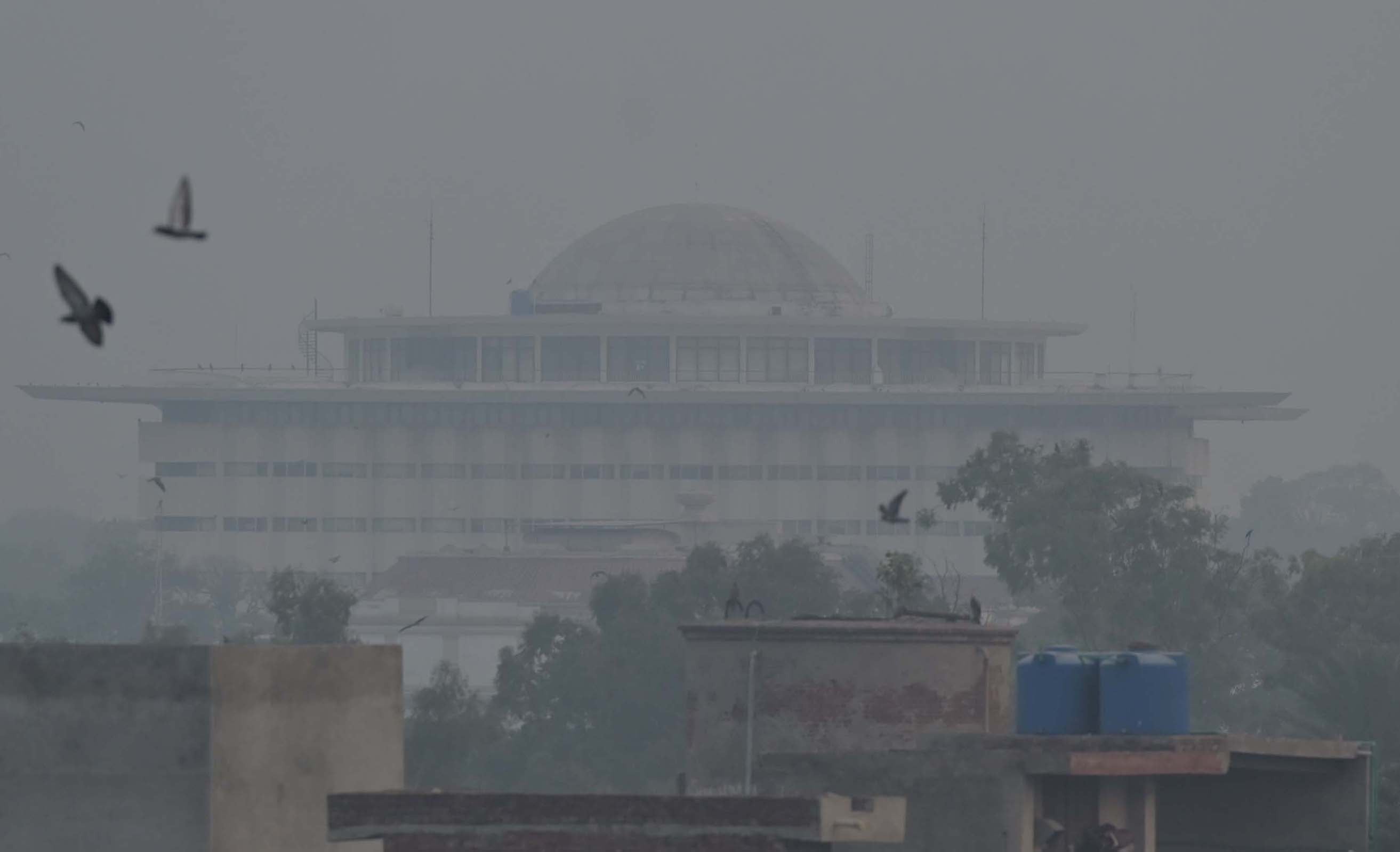
Meanwhile, she urged parents and caregivers to ensure that children remain indoors. “The government is working closely with the Environmental Protection Department to monitor the situation and implement measures to combat the smog,” the minister was quoted as saying by the Pakitan Today.
The smog crisis in Lahore, similar to the situation in India’s capital Delhi, tends to worsen during cooler months due to temperature inversion trapping pollution closer to the ground.
Delhi’s air quality was recorded in the “very poor” category on Sunday as AQI reached 382, according to country’s Central Pollution Control Board (CPCB) data.
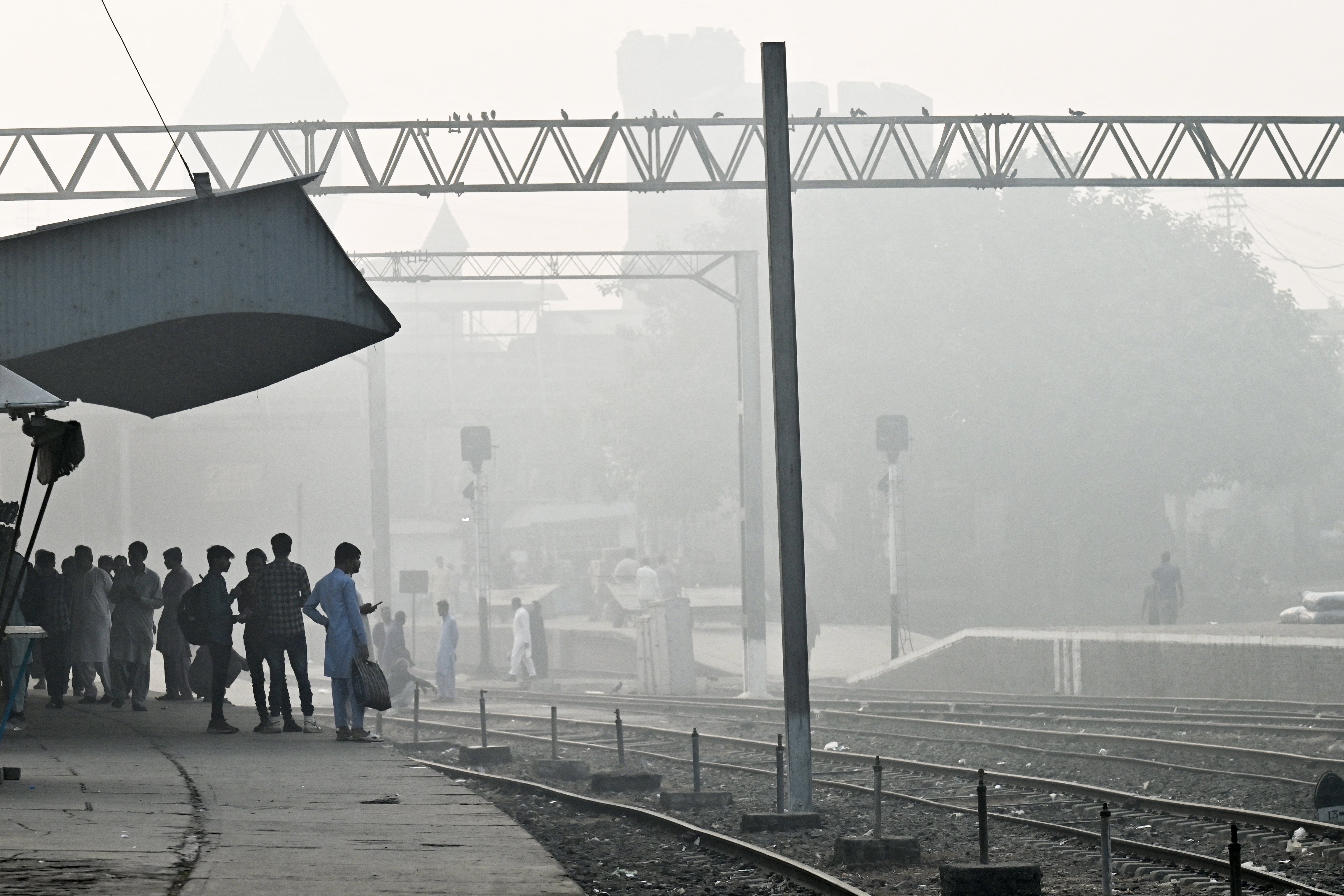
While, Raja Jehangir Anwar, a senior environment official in Pakistan, says the “biggest headache” causing the smog in Lahore was the practice of burning crop waste across the Indian border, the data analysing individual factors contributing to pollution in Delhi indicates otherwise.
Delhi’s air quality continues to deteriorate even as the impact of stubble burning – a common contributor to the city’s pollution – has significantly reduced, indicating that other pollutants are playing a larger role in the capital’s hazardous air, reported India Today.
According to data recorded over the weekend, crop residue burning contributed to just 15 per cent of Delhi’s pollution on Saturday, a notable decline from over 35 per cent the day before.
The decrease in emissions from stubble burning, a traditional seasonal practice in nearby states like Punjab and Haryana, was expected to ease Delhi’s air quality. However, the city’s pollution levels have remained alarmingly high, suggesting that other sources of pollution have grown more influential, reported the outlet.
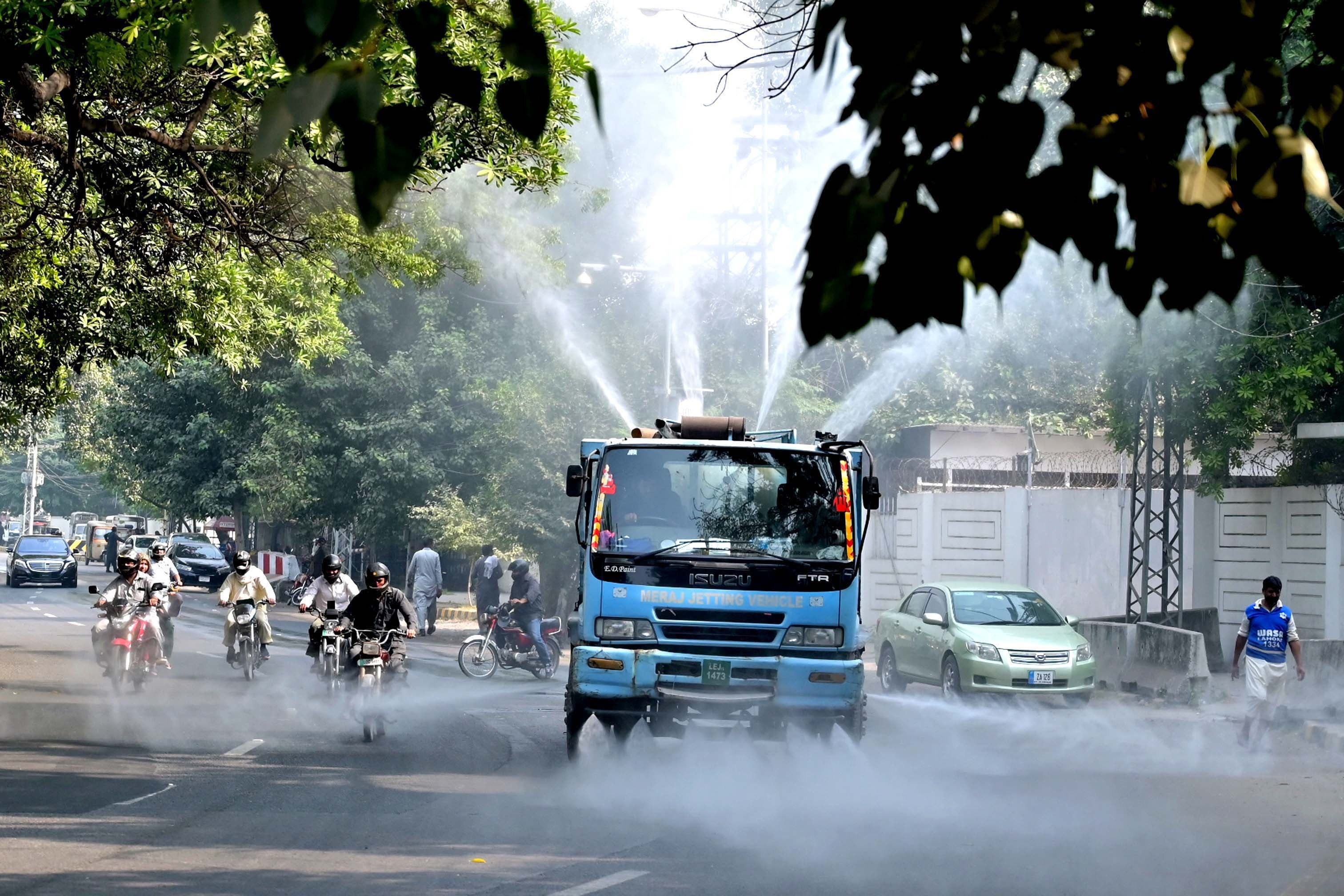
Authorities in the Indian capital and surrounding areas handed fines to owners of nearly 60,000 vehicles and more than 7,500 building site for infringing pollution rules in a bit to counter a slump in air quality during last three weeks. According to the Commission for Air Quality Management, around 54,000 vehicles were operating without a valid pollution under control certificate, which confirms acceptable emission levels. Additionally, nearly 3,900 vehicles were seized for being classified as “overaged”.
New Delhi battles intense pollution every winter as cold air traps emissions, dust, and smoke from farm fires in the adjoining farming states of Punjab and Haryana, forcing frequent school closures and construction curbs in response.
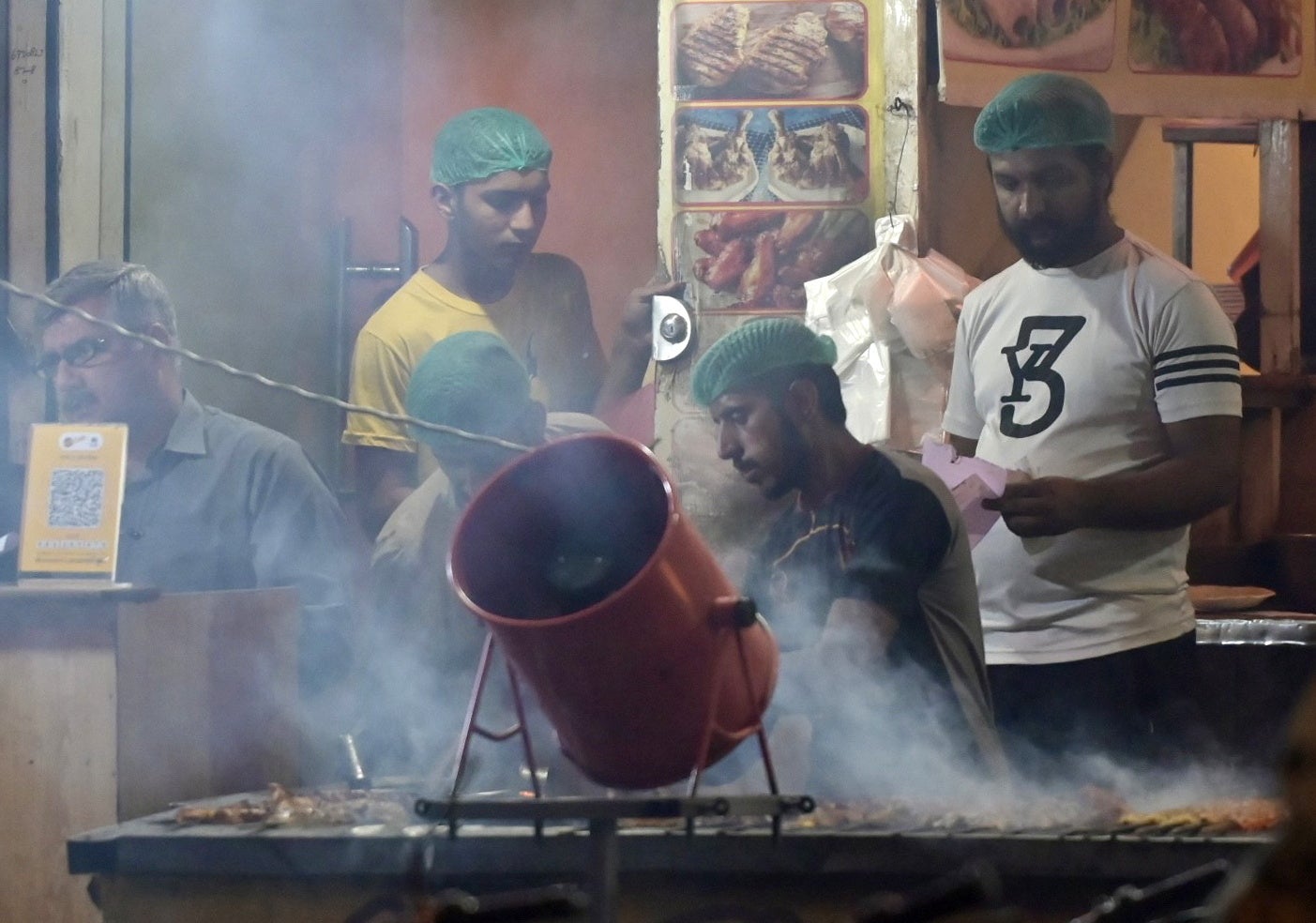
Air quality in the region is expected to stay “very poor” until Wednesday, the earth sciences ministry said, and is likely to range from ”very poor” to “severe” for the subsequent six days.
The CPCB says a rating of severe, in the range of 401 and 500 on its index, affects the healthy and can have serious effects on those already suffering disease.
IQAir has rated New Delhi the world’s most polluted capital for four years in a row, but poor air quality is a common winter problem across South Asia.
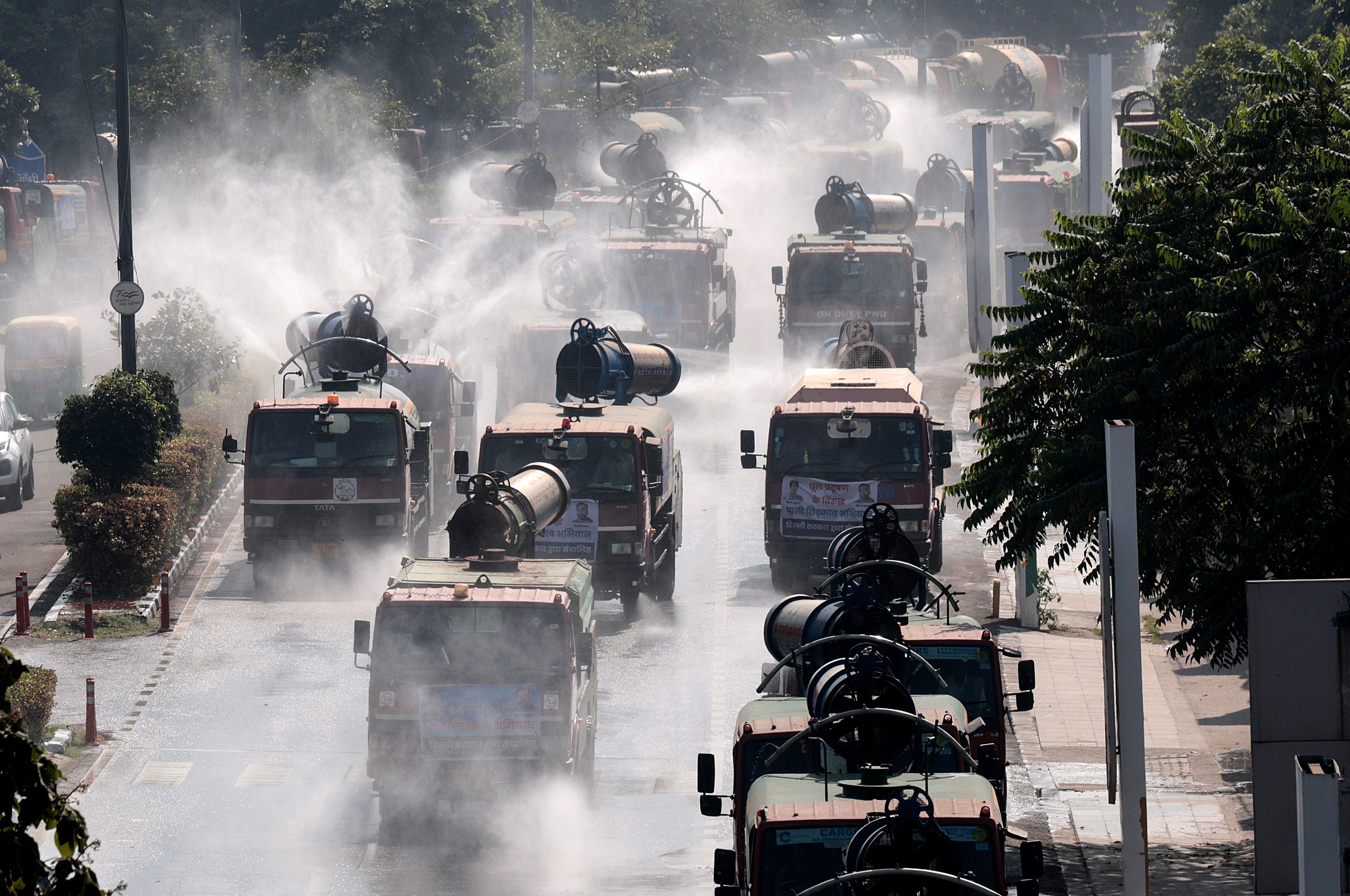
In Lahore, the outlook for the coming days appeared bleak. "Weather forecast for the next six days shows that wind patterns will remain the same. Therefore we are closing all government and private primary schools in Lahore for a week,” Jahangir Anwar, a senior official with Lahore’s Environmental Protection Department, told AFP.
Marriyum Aurangzeb, Punjab’s senior minister, announced additional health precautions for children still attending upper-level classes, urging schools to make face masks mandatory. "This smog is very harmful for children," she stated in a Sunday press conference. “We are keeping an eye on the health of children in senior classes.”
She added that smog counters have been set up in hospitals to handle any health emergencies linked to pollution, reported Reuters.
The severe air pollution is also putting significant strain on healthcare facilities as it exacerbates respiratory conditions and raises the risk of severe diseases.
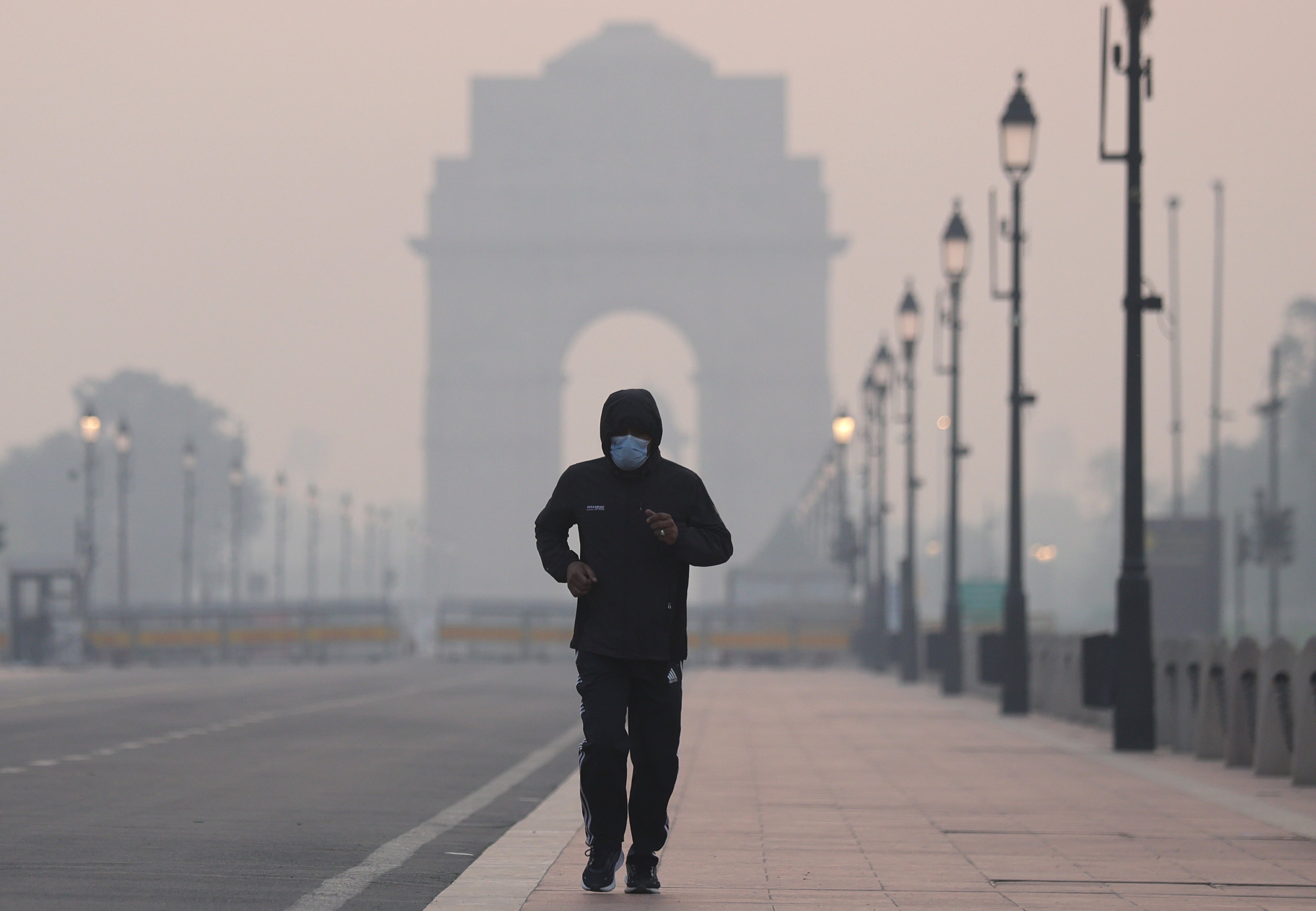
According to the WHO, extended exposure to air pollution can trigger strokes, heart disease, lung cancer, and respiratory issues.
Alarmingly, PM2.5 particles were recorded at over 40 times the level considered safe by the WHO on Saturday, with similarly high readings on Sunday morning.
Lahore’s pollution crisis has prompted an aggressive government response. Last week, the provincial environmental agency rolled out new restrictions in four pollution “hot spots” within the city. The measures include a ban on tuk-tuks with polluting two-stroke engines and a requirement for restaurants to install smoke filters if they use barbecues.
Additionally, government offices and private firms have been instructed to shift 50 per cent of their workforce to remote work, starting on Monday, to reduce vehicular traffic and lower emissions.
Children, who are especially vulnerable to air pollution due to their smaller lung capacity and faster breathing rates, have already been subject to precautionary measures.
Last month, authorities prohibited outdoor exercise for schoolchildren until January and adjusted school hours to minimise exposure during peak pollution times. “Masks should be mandatory in schools,” added Ms Aurangzeb, emphasising the need for heightened protection for younger populations.
According to the University of Chicago’s Energy Policy Institute, the impact of such high pollution levels on health is far-reaching. The institute’s research shows that the current levels of pollution in Lahore are likely to reduce life expectancy by an average of 7.5 years.







